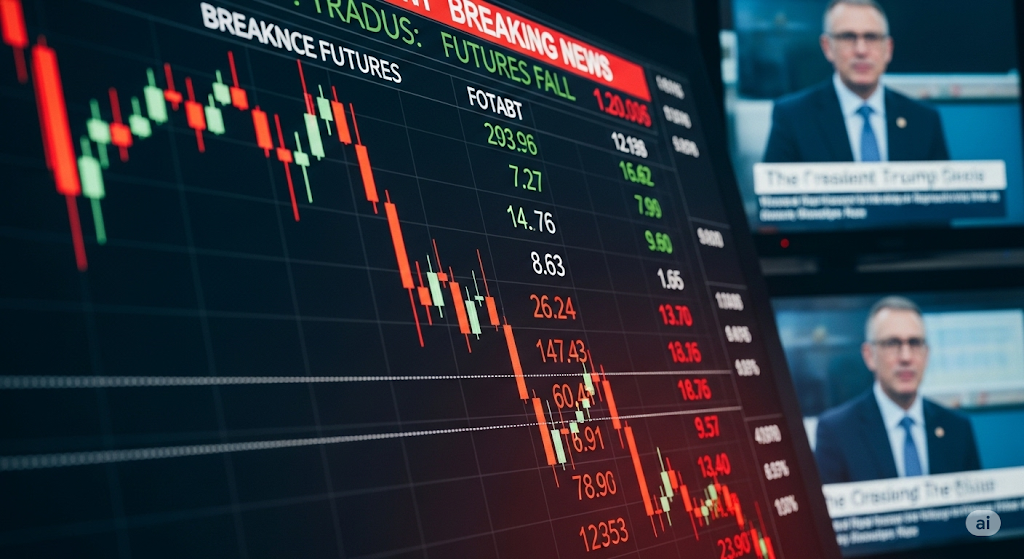U.S. Stock Futures Drop as Trump Expands Tariffs on 14 Countries

U.S. stock futures fell overnight after President Donald Trump announced new tariffs on 14 countries and extended the deadline for their implementation to August 1. The move rattled investors already cautious about escalating trade tensions.
Market Reaction
- Dow Jones Industrial Average futures dropped 127 points (0.29%)
- S&P 500 futures declined 0.24%
- Nasdaq 100 futures slipped 0.19%
The declines followed Trump’s latest trade actions, which expanded the list of nations facing steep tariffs. The affected countries include:
- Bangladesh, Bosnia and Herzegovina, Cambodia, Indonesia, Japan, Laos, Malaysia, Myanmar, Serbia, South Africa, South Korea, Thailand, and Tunisia.
Trump also signed an executive order delaying the original tariff deadline, citing the need for further review based on recommendations from senior officials.
Wall Street’s Recent Struggles
The announcement added pressure to markets already coming off a down day:
- The Dow plunged over 400 points (0.9%)
- The S&P 500 fell 0.8%
- The Nasdaq Composite slid 0.9%
Investors remain on edge as the White House signaled that more trade-related announcements could follow this week. Press Secretary Karoline Leavitt indicated additional letters outlining tariffs may be forthcoming.
Additional Trade Threats
Trump also warned of a potential 10% tariff on nations aligning with the “Anti-American policies” of the BRICS bloc (Brazil, Russia, India, China, and South Africa).
Despite the uncertainty, some analysts believe the market has already priced in the worst of the tariff concerns. Optimism remains that strong corporate earnings could help sustain the S&P 500’s rally.
Adam Parker, CEO of Trivariate Research, downplayed the immediate impact, stating:
“I don’t think this is the sign of a new regime at all. It’s just a bit of selling as we hit highs, with investors recalibrating before earnings season.”
Dividend Growth Slows Amid Economic Concerns
A separate report from S&P Dow Jones Indices revealed that dividend growth slowed in Q2 as companies grew cautious amid economic uncertainty.
- Net dividend increases totaled $7.4 billion, down from $16 billion a year ago and $15.3 billion in Q1 2025.
Howard Silverblatt, Senior Index Analyst, noted:
“Dividend growth continues but at a slower pace, in line with economic uncertainties. Companies are being more conservative with hikes.”
He added that major banks may lead a rebound in Q3 after the Federal Reserve’s stress test results allowed them to boost payouts.
Tariff Details
The new tariffs are steeper than initially expected, with some exceeding April’s proposed rates:
- Japan: Now faces a 25% tariff, up from the previously announced 24%
- Malaysia: Hit with a 25% levy, higher than the prior 24%
The measures reflect Trump’s “reciprocal tariffs” strategy, aiming to match or exceed duties imposed by other nations on U.S. goods.
Outlook
While markets remain volatile, investors are looking ahead to earnings season for signs of resilience. However, further trade escalations could test the rally’s durability.
Key Takeaways:
- Trade tensions escalate with new tariffs on 14 countries
- Markets dip but some analysts remain optimistic about earnings
- Dividend growth slows as companies brace for economic uncertainty